Sometimes people do not think about the correctness of warming at home, they choose an inexpensive insulation. But the result is damp in the corners of the apartment. To prevent this, it is important to know how to properly insulate the walls of the house outside so that there is no condensation.
Content
Types of insulation, materials and features
To ensure a comfortable temperature in the rooms, warming is carried out. This must be done in the fall or winter. This is especially important for private houses located in the village, if thermal insulation materials were not used during their construction.
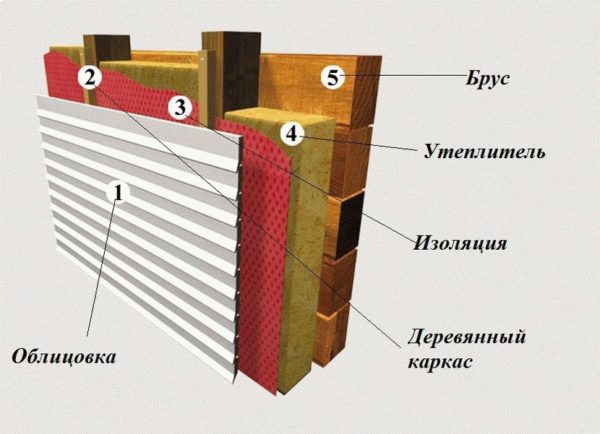
Understanding how to insulate the walls of the house outside so that there is no condensation allows you to avoid difficulties in the performance of work. Processing can be internal or external.
Read more: It looks like a house by the sea in Zanzibar for 215 thousand rubles
Professionals recommend lining only the exterior of the building and the second floor. This is to avoid condensation.
Finishing inside can cause the dew point to move towards the room. As a result, condensation will appear between the walls, the humidity indicator will rise. And these are ideal conditions for the formation of fungus and mold.
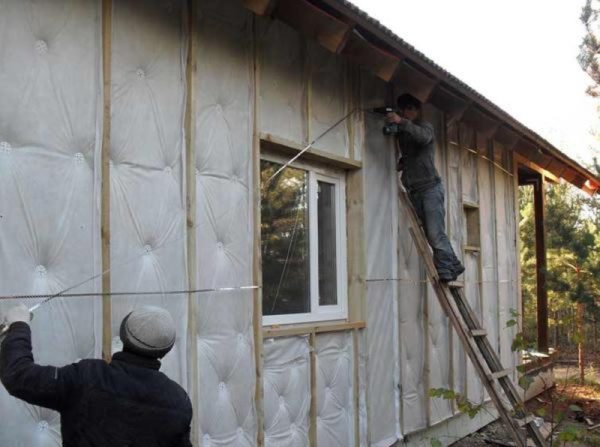
Novice builders often wonder how to insulate the walls of the house outside so that there is no condensation, quickly and beautifully with their own hands. In order for the result to be satisfactory, a number of basic rules must be followed. In turn, it does not hurt to study the principles of warming.
There are many heat insulators. What material should be selected in the case of a finished multi-story building? Such materials have their pros and cons. Therefore, it is necessary to carry out the analysis of each species by specific criteria. Consider the most common materials.
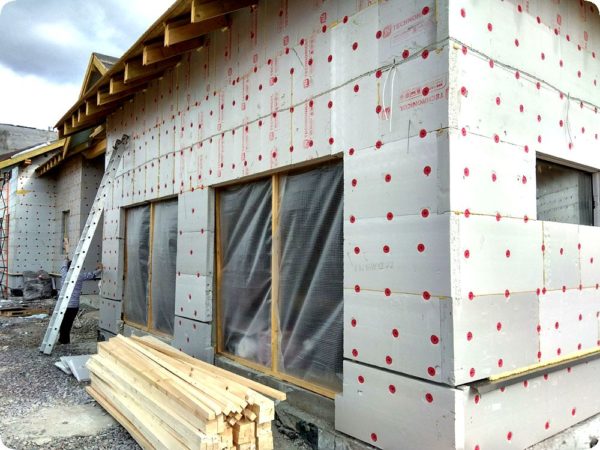
Foam application
How to insulate the walls of the house from the outside with foam so that there is no condensation? A shelf is mounted in the lower area of the walls. It is made of a metal corner. A shelf is needed to level the foam.
An adhesive is applied to the opposite side of the panel. After that, the product is connected to the wall, aligned and pressed. They look whether the surface is flat or not using the building level.
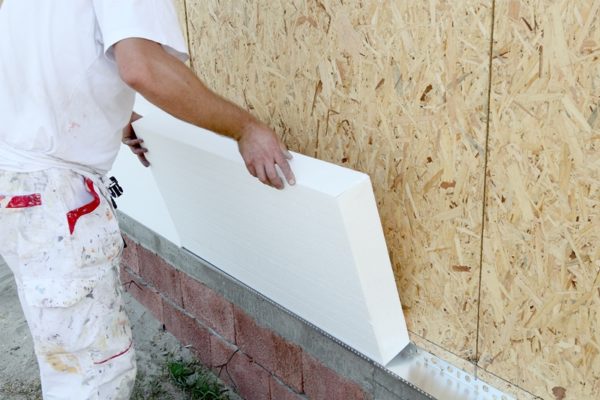
A subsequent foam layer is installed as soon as the first product is firmly fixed. In the area of corners and near window openings, the material is fixed with metal corners. The joints are glued with a special reinforcing tape. Subsequently plaster surfaces.
Read more:How to insulate a water pipe on the street so that it does not freeze
Polyfoam is mainly used for structures made of concrete and brick.
The use of mineral wool
Understanding how to insulate the walls of the house outside so that there is no condensation, you can opt for mineral wool. Before fixing the sheets on the wall, a frame structure must be made.
You will need a crate, which is equiped from beams. Its width should be less than the width of the minvata sheet by several centimeters. Anchors must be inserted. Thermal insulation material is put on top of them.
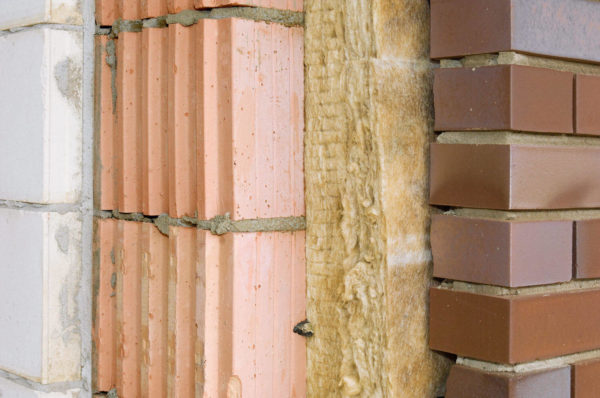
For uneven surfaces, cotton wool of various densities should be used. It should be two-layer. The product is laid on the wall with the soft side.
Minvata is a heat insulator of universal application. It is actively used in outdoor decoration.Almost all of its varieties make it possible to plaster the foundation and use a reinforcing mesh.
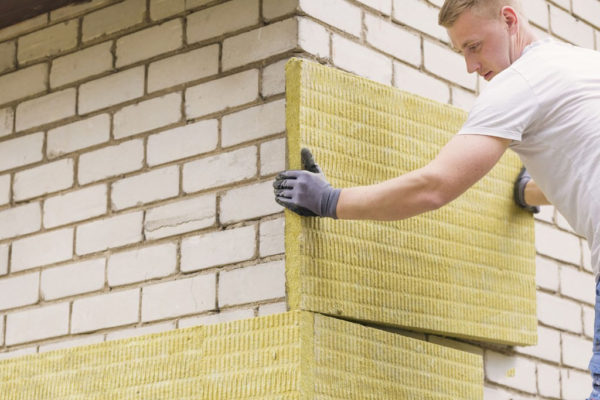
Fixing such a product is permissible on the external horizontal frame. If the structure is made of wood, then the cladding is preferably carried out from the outside. In this case, the walls will breathe. As a result, no condensation will appear.
In a similar way, thermal insulation is performed with polyurethane foam.
Read more:How to easily insulate the balcony from the inside with your own hands in a brick house
Methods of warming a house from a foam block
It is difficult to insulate structures from the foam block from the side of the street. Sheathing should be carried out both externally and internally. The outer base must be covered with polystyrene or mineral wool.
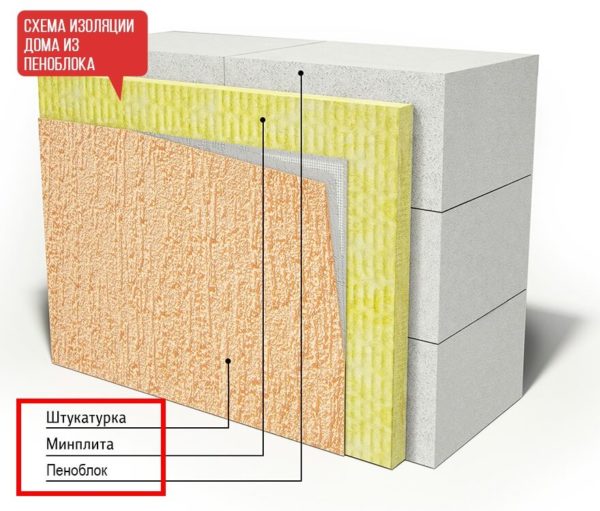
Work is carried out according to the standard algorithm:
- walls are leveled;
- then look at the correct position of the slopes;
- fix the heat insulator with glue or nails;
- apply plaster to the surface;
- clad it with siding or brick (optional).
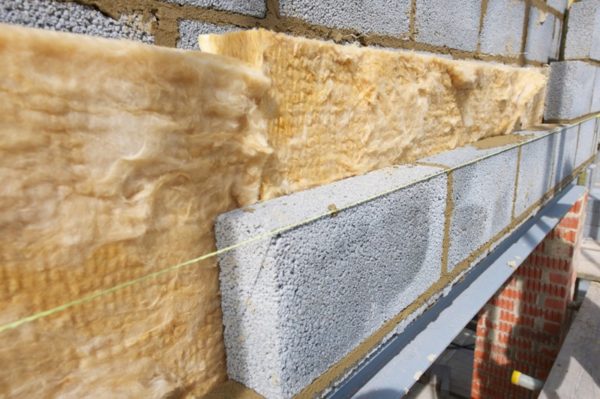
Heat loss - what else to look for
PVC windows from the inside, in turn, are subject to insulation. A considerable part of the heat is lost precisely through the openings in the windows. The areas where glass and frames are joined are lubricated with sealant or similar types of lubricants are used for processing.
Foam or mineral wool must be inserted into the openings in the openings. Then it remains to cover this area with a special tape. Large cracks close up with construction foam.
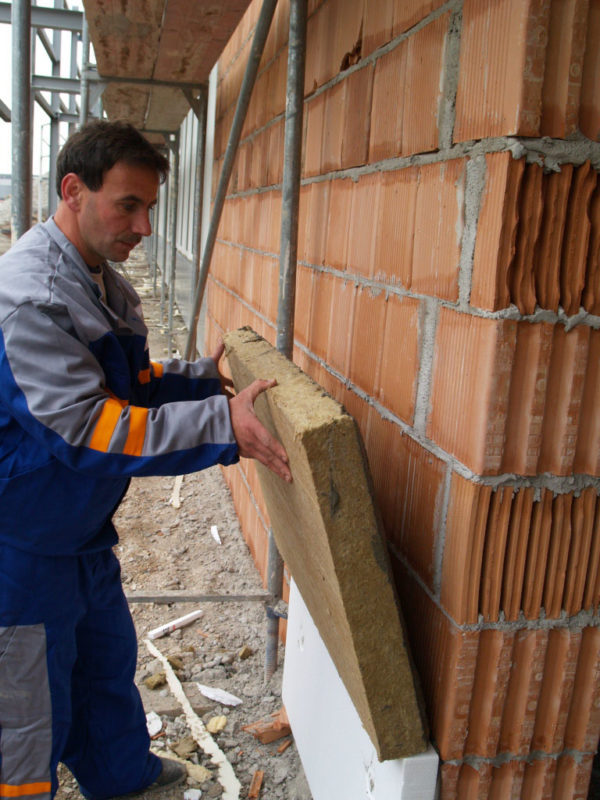
Then you need to explore the slopes. For convenience, they light a candle and drive it near them. If the fire fluctuates from side to side, therefore, there is a gap in this place. Close up any defects of this kind with mounting foam. In addition, thermal insulation of the front door is recommended.
Read more:How to insulate the walls of the house from the inside
The foundation of the house is insulated if there is a basement. For this, extruded polystyrene foam is usually used. It does not absorb moisture and is notable for good durability. A floor lined with such material will not return heat to the ground. Installation is done with special glue.
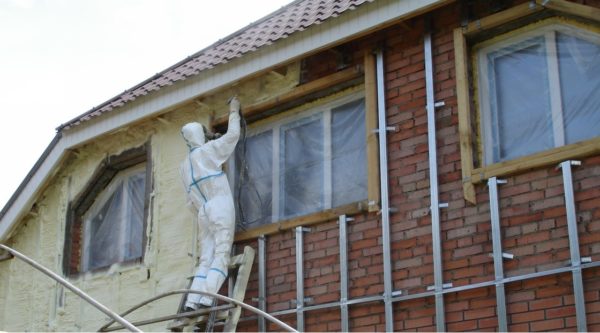
Experts recommend placing expanded polystyrene at the level of soil freezing.
For cases when lags are used, it is recommended to use mineral wool. It is laid and well secured. Upstairs place the floor covering. The foundation on screw piles is insulated through the construction of the frame and the location of thermal insulation in it.
In this situation, the work is carried out according to the following algorithm:
- waterproofing installation;
- arrangement of the frame;
- thermal insulation laying;
- basement insulation;
- thermal insulation of partitions in the floor.
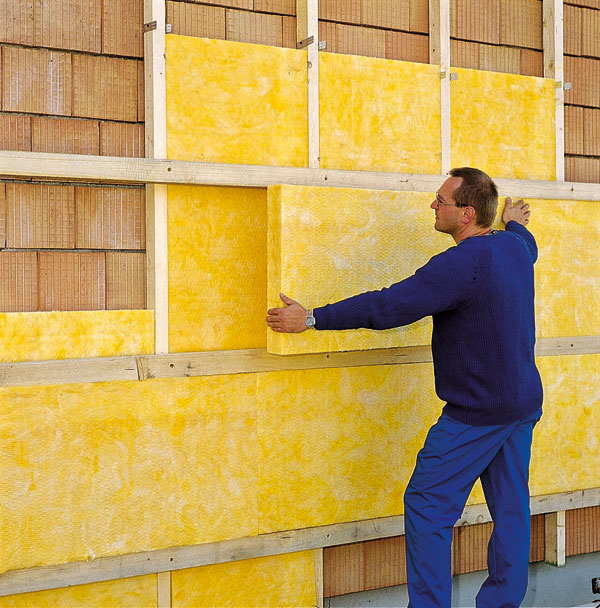
The base is insulated from the outside with jute or mineral wool. This method is suitable for the first stage of the construction of a two-story house. A ditch with a depth of 1 m is being arranged. Expanded clay is poured there. After that, roofing material is placed on the lower part of the underground.
Lay the heat insulator and material to protect against excessive moisture. Fix with glue. A plastic film is placed on top of it. The remaining area in the recess is filled with expanded clay concrete.
The attic is insulated with polystyrene foam. Its use is advisable because of the affordable price, low vapor permeability and ease of installation. First, they clean the surface, eliminating traces of dust and dirt.
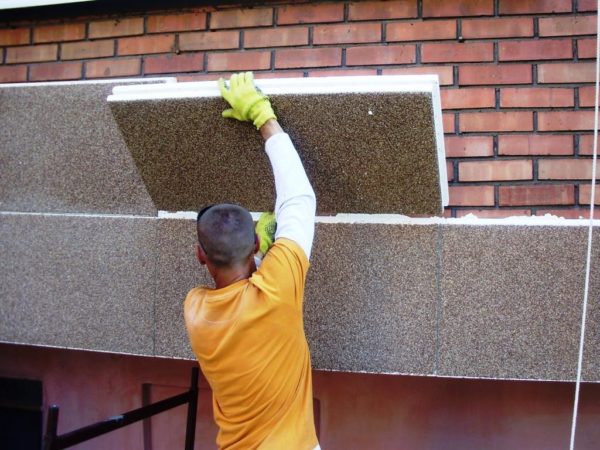
Plates are fixed to glue. After facing, plaster surfaces to increase water-repellent properties. In turn, professionals are advised to conduct temporary thermal insulation in the bathroom and on the balcony.
Understanding how to insulate a house, you can reduce the cost of the heating devices, significantly improve the microclimate in the home. For this purpose, various materials are used. Their choice is determined by the characteristics of the house, the option of thermal insulation and the financial capabilities of the owner. Some companies offer turnkey external building insulation. However, if you have to save, it is better to do the work yourself.

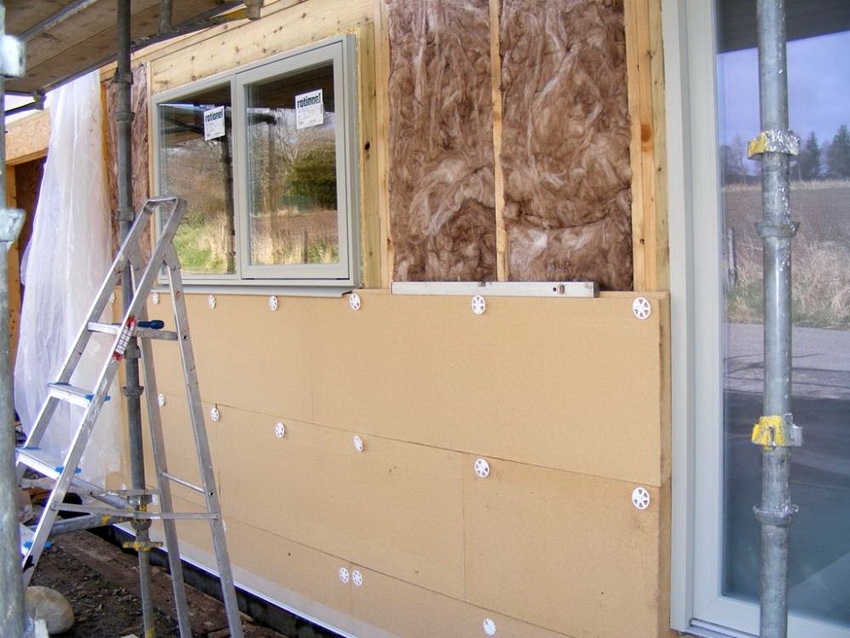



Alas, no comments yet. Be the first!